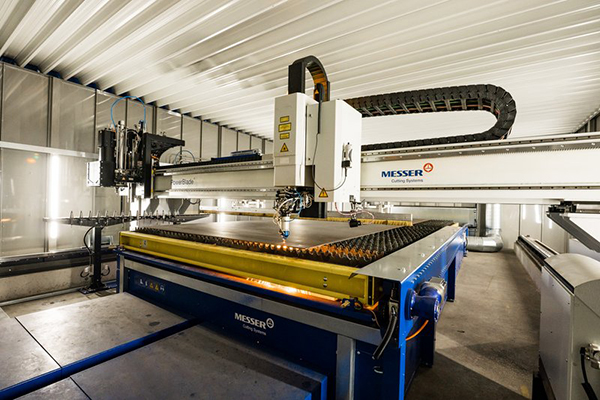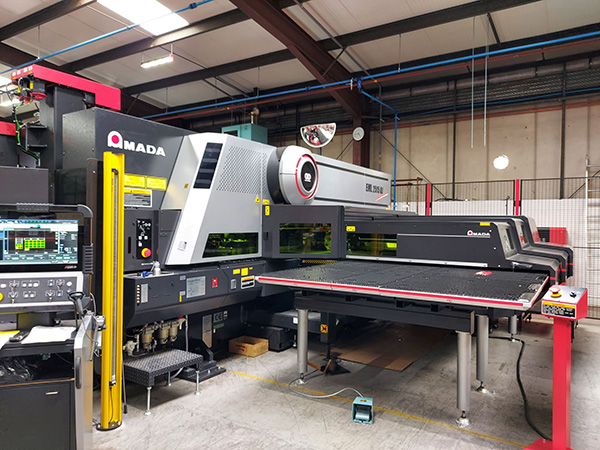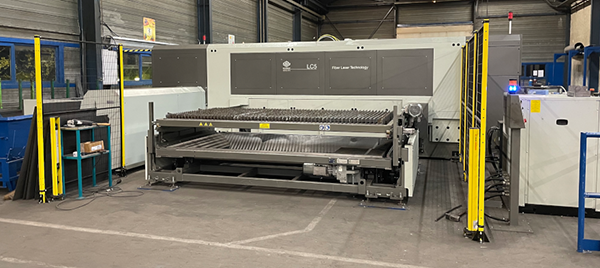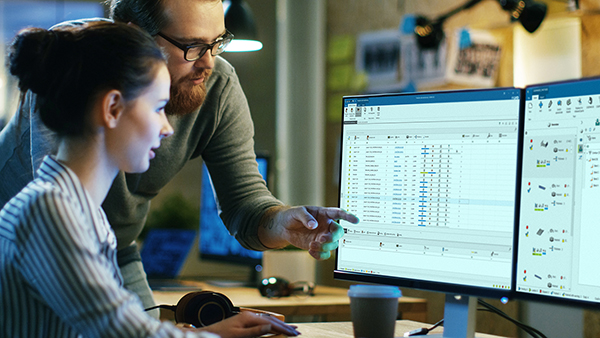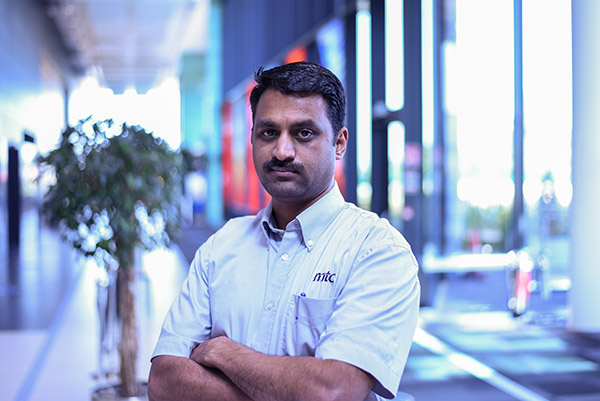
Bart Kroesbergen, managing director at steel service centre Joop van Zanten is a visionary who states that within 10 years the company’s entire production will be automated.
“To achieve this, we have to break with standards and need courageous partners who can join us on the extraordinary journey towards Industry 4.0,” he says. Messer Cutting Systems became the right partner for that journey.
“We wanted a supplier capable of delivering the full range of specialised machine equipment,” says Kroesbergen. “This includes state-of-the-art technologies for laser and plasma processes, as well as software and material handling experience.
The core of the solution is the software and 4.0 intelligence that links everything together. In workshops, a team with ERP manufacturer Ridder, the ISD Group as supplier of the 2D/3D CAD software HiCAD and Messer Cutting Systems with digitisation solutions from MesserSoft defined the integration of the various IT solutions.
Another important part in the digitisation process are two new machines with the latest cutting technology: a Messer PowerBlade 6500 with laser, 6 KW bevel head, drilling unit with 24 tool changers and LNC nozzle changer; and a Messer OmniMat 6500 with 2* HiFocus 360I, Skew Delta plasma bevel head, OmniScript and drilling unit with 24 tool changers.
With the fibre laser technology, powerful drives, precise linear guides in both longitudinal and transverse directions, and a multi-faceted bevel head, the PowerBlade is equipped for a wide range of applications, while OmniMat is a large CNC cutting machine with a heavy-duty structure and multi-axis control that is suitable for applications that include oxy-fuel, underwater or dry plasma.
“Both machines meet all our expectations for easy handling, low costs and high reliability,” concludes Kroesbergen.
For further information
https://uk.messer-cutting.com/






